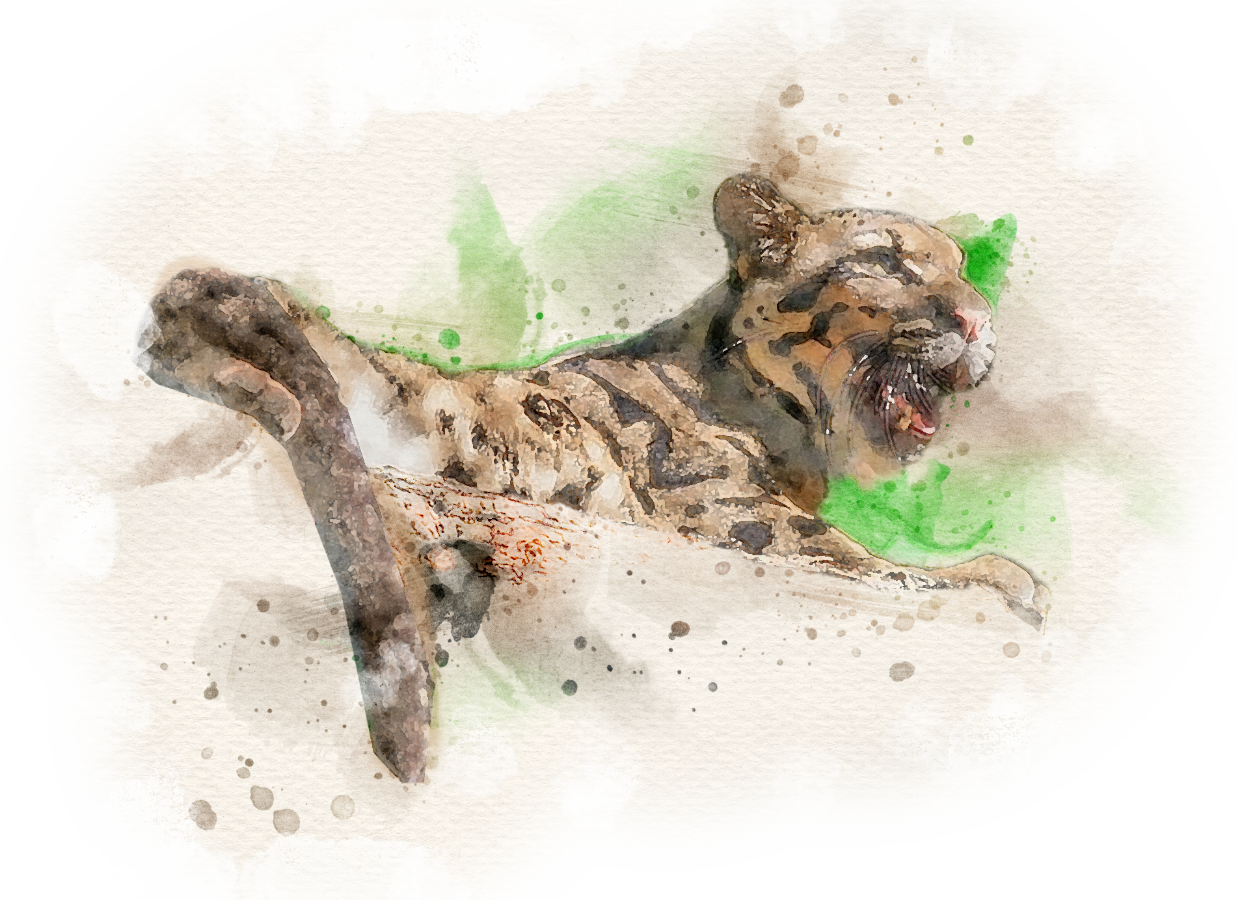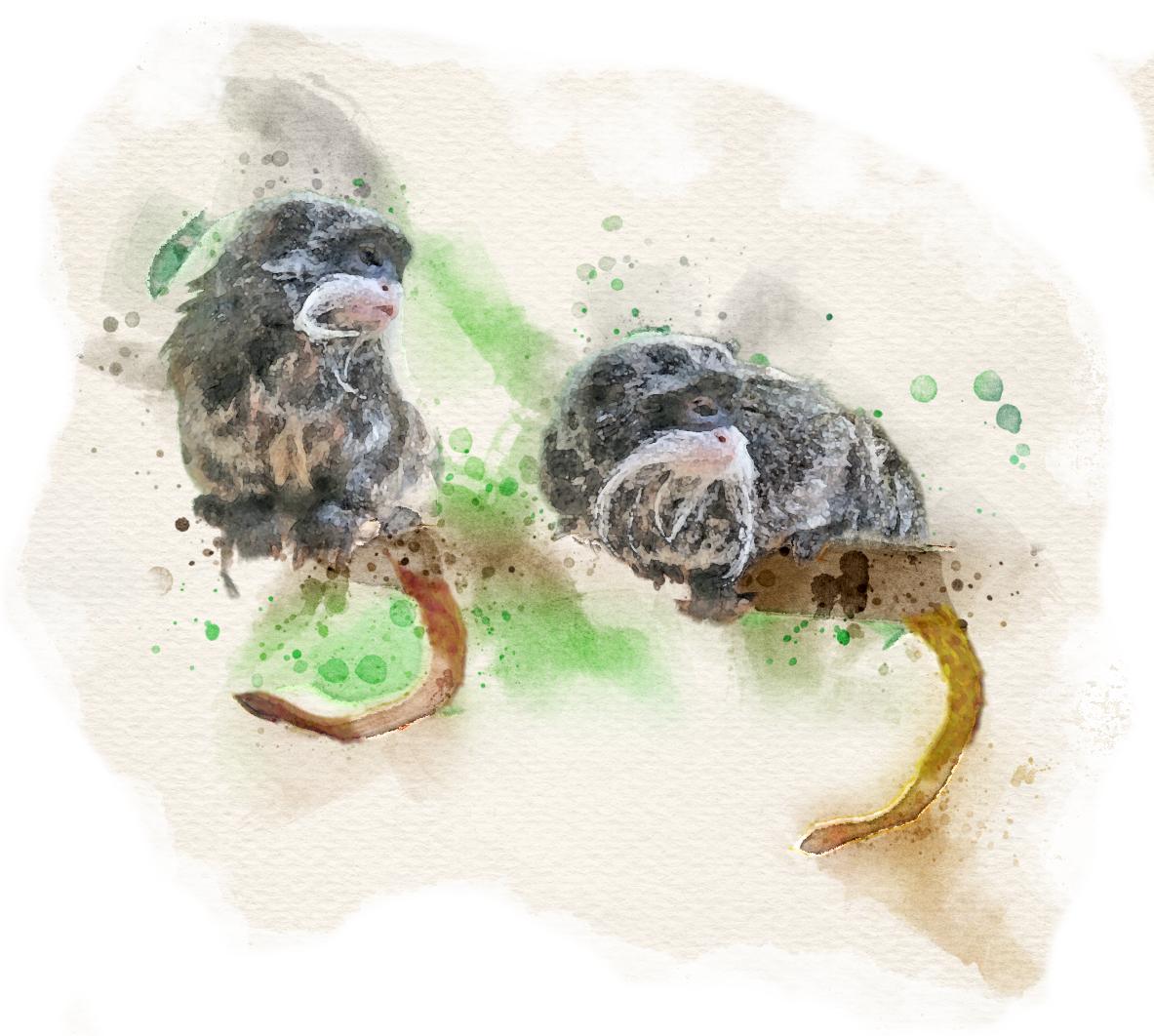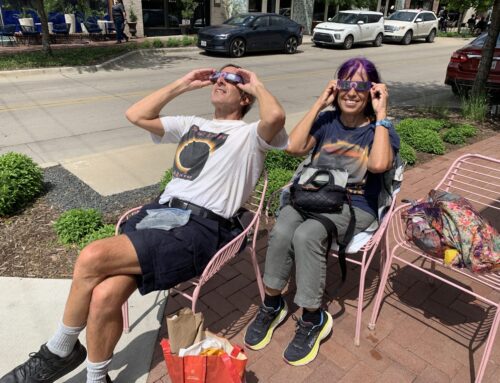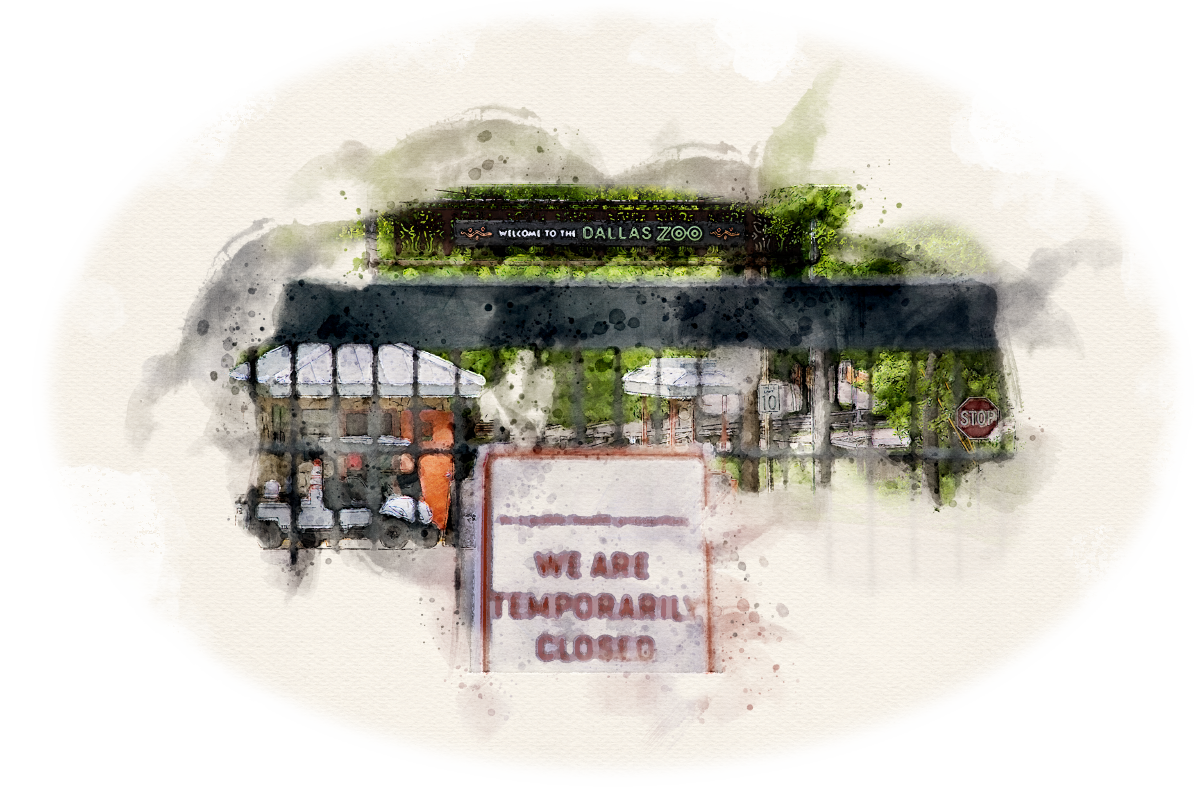
Missing animals, compromised enclosures and an animal death throughout the month of January plunged the Dallas Zoo into national headlines for all the wrong reasons.
A criminal investigation was launched by the Dallas Police Department to find the culprit of the strange happenings, and a SWAT team and federal investigators from the U.S. Fish and Wildlife department were pulled into the case.
By early February it seemed there might be some answers to the zoo’s month of turmoil, but many were still left wondering:
What just happened at the Dallas Zoo?
chapter 1: code blue
It was just after 10 a.m. on Jan. 13 when the Dallas Zoo announced that it would not open due to a “code blue” situation, meaning a non-dangerous animal escaped its cage.
Zoo employees had arrived to work and noticed a clouded leopard — a cat that weighs around 25 pounds and is smaller than a bobcat — named Nova missing from her enclosure.
Harrison Edell, the zoo’s executive vice president for animal care and conservation, said overnight staff had seen Nova in her enclosure just hours before.
“We do have security staff on grounds overnight and we have some animal care staff on grounds overnight,” he said. “At 1 a.m., we have staff who believe that both cats were accounted for in the same spot.”
Nova’s disappearance became a viral Twitter topic almost instantly, and the zoo spent most of the day stressing that the leopard did not pose a danger to humans and was likely in the trees near her enclosure.
Online, Nova’s disappearance was generally handled with amusement toward the situation.
A headline in D Magazine read, “Dallas Zoo Closes Friday After Failing to Spot Leopard.”
Police were the butt of online jokes after it was reported that the SWAT team initially responded to the code blue.
“We were thinking perhaps a big cat,” said Sgt. Warren Mitchell, a spokesperson for the Dallas Police Department, at a press conference.
With the help of police drones with infrared capabilities, Nova was located in the trees near her original habitat around 4:30 p.m. She was uninjured, and rejoined her sister in their enclosure several days later.
But when police addressed the public that evening, it became clear that Nova’s escape had nothing to do with habitat failure or a keeper mistake.
Instead, Nova’s enclosure had been targeted and had a “suspicious opening” in it. Police believed someone had intentionally compromised the enclosure using a “cutting tool,” and they were launching a criminal investigation into what had happened.
A similar cut had been found on the enclosure of langur monkeys, police announced the next day.
All of the langurs were accounted for, and none appeared to be harmed. Officials hesitated to say the breach was connected to Nova’s disappearance, and for the next week, Dallas seemed to slowly forget the incidents had even happened.
Until a vulture was pronounced dead, that is.
chapter 2: suspected avicide
On Jan. 21, animal care employees arrived at the zoo and found Pin dead in his enclosure. The lappet-faced vulture had lived at the Dallas Zoo for 33 years.
A necropsy was conducted and the findings were “very suspicious,” Dallas Zoo President and CEO Gregg Hudson said.
Hudson told the media that Pin had not died of natural causes but rather a wound. But Pin’s death was especially “disturbing” because of the endangered status of his species.
U.S. Fish and Wildlife investigators were brought onto the case since an endangered animal had died.
While police and zoo officials still hesitated to say the incident was connected to the prior cut enclosures, the zoo announced a $10,000 reward for any information that led to an arrest and indictment in the cases.
By this point, the zoo had “substantially increased” its security measures by amping up staff presence at night, more cameras and limiting animal movement within enclosures.
chapter 3: a history of tragedies
Police and zoo officials determined the zoo was not responsible for Pin’s death, but it resurrected past conversations surrounding animal deaths at the zoo.
In October 2021, the zoo announced three giraffes had died within a month’s time. One giraffe died after suffering from liver failure as a result of age, and another had “abnormal liver enzymes.” A 3-month-old giraffe calf was euthanized after an injury.
The calf was the third to die at the Dallas Zoo within a span of six years.
“Losing three calves in six years is really hard on us, but the more unfortunate thing is we cannot point to a single cause and go fix it,” Matt James, an Oak Cliff resident who oversees the zoo’s animal care team, said in a 2021 interview with the Advocate.
Two gorillas also died at the Dallas Zoo within a two-year span, and in 2019, an African dog was killed by other members of its pack just one month after being brought into the zoo.
In 2018, the hippopotami Adhama and Boipelo became parents to the first baby born in the Simmons Hippo Outpost. But that baby hippo died “mysteriously” shortly after being born.
“While Boipelo did assist the calf to the surface of the pool, it was not soon enough. In reviewing the situation, we know for certain there was no safe way for the staff to intervene to help the calf,” Edell said in a statement after the death.
Perhaps the most dramatic stain on the zoo’s history comes from a 2013 lion attack, which was witnessed by dozens of zoo attendees. A male lion bit and killed a lioness over the course of 15 minutes, witnesses told media outlets.
While zoo employees said they were in shock following the event, a tweet from the Dallas Zoo said that inter-pride slayings are common in the wild and “we may never know why.”
These animal deaths were dramatic and shocking, and cast an uncomfortable spotlight on the Dallas Zoo.
But they had never before been ruled suspicious or caused a police investigation.
chapter 4: taken tamarins
Dallas police were called to the zoo a third time on Jan. 30.
Things had escalated. A pair of emperor tamarin monkeys named Bella and Finn were missing from their enclosure. A statement from the zoo said “it was clear the habitat had been intentionally compromised,” and police believed the animals had been taken.
An arrest affidavit obtained by the Dallas Morning News described the enclosure as “cut and bent in a manner and size for a person to both reach into and/or gain access to” the monkeys.
By this point, the good humor that surrounded the public’s response to Nova’s disappearance had evaporated.
CNN, the New York Times, and other national media outlets had picked up the story of all the strange occurrences. Incredulous social media users repeatedly asked “What is happening at the Dallas Zoo?”
A day later, police released a photo and video of a man they wanted to speak to regarding the missing monkeys. The man was “not a person of interest currently,” but may have information regarding the case.
The photo showed a young man wearing a blue hoodie and eating a bag of Doritos, and in the video, he could be seen wandering through the front gates.
The photo caught the attention of a family who run a church in Lancaster, Texas, just 20 minutes away from the zoo, the Dallas Morning News reported.
The family recognized the man as someone who had spent time in the church and around the church’s nearby community house; just before Christmas, the family had dealt with a mysterious break-in at the house and found chickens, pigeons, birds and cats, according to the report.
Within hours, police responded to the community house. Bella and Finn were found in a closet in freezing temperatures. The zoo confirmed the monkeys had lost some weight, but were alive and showed no sign of injury.
The $10,000 reward was upped to $25,000.
chapter 5: an arrest
Police arrested 24-year-old Davion Irvin on Feb. 2 in connection with the abducted emperor tamarins.
Irvin was the man pictured in the photo and video police had released days earlier, and he was charged with five counts of animal cruelty, all relating to the emperor tamarins. Since his arrest, he has also been charged with two counts of burglary in connection with the rips in the langur and clouded leopard enclosures and a sixth count of animal cruelty.
According to the affidavit, police had begun to suspect Irvin after conducting interviews with zoo staff. Employees mentioned a man matching Irvin’s description who repeatedly asked obscure questions about animals and their care, and had been seen entering staff-only areas.
On the afternoon of Feb. 2, police received a call that a man who looked like Irvin had been seen at the Dallas World Aquarium near the animal exhibits. The affidavit says Irvin was asking questions about the animals and touching the mesh material that surrounded their enclosures.
According to police, Irvin was seen boarding a DART rail shortly after police responded to the aquarium. Irvin was later seen again in the 1400 block of Pacific and was taken in for questioning and charged.
Irvin told police that he “loved animals,” and that he’d pet Nova and intended to steal her before she moved out of his reach.
The same report also says Irvin admitted to taking the emperor tamarin monkeys, and rode the DART rail to the Lancaster home where he “kept his animals.”
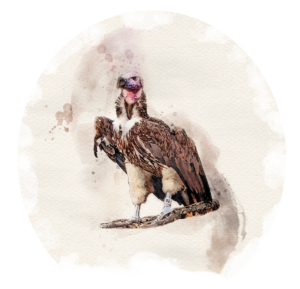 If released, Irvin plans to return to the zoo and steal again, according to the report.
If released, Irvin plans to return to the zoo and steal again, according to the report.
Because of this admission, court documents show that if Irvin makes bail he will be required to wear an ankle monitor to ensure he does not approach “any building and/or company engaged in the display or sale of animals” including the zoo, aquarium and pet stores.
While Irvin faces charges in the clouded leopard, langur monkey and emperor tamarin cases, charges had not been pressed in the lappet-faced vulture case at the time of publishing.
A spokesperson for the U.S. Fish and Wildlife service stated that a resident agent in charge of Dallas is assisting police and the zoo in the investigation, and that, if necessary, the National Fish and Wildlife Forensics Laboratory can be used for forensic analysis of evidence.
If the federal government chooses to, it is able to prosecute incidents related to endangered animals, such as the lappet-faced vulture.
Police, the zoo and U.S. Fish and Wildlife had not named Irvin as a suspect in the death of Pin the vulture at the time of publishing.
chapter 6: Zoodunnit?
While Dallas has answers to most of the incidents that plagued the zoo early this year, a wave of odd zoo happenings in Louisiana and Texas followed.
The Houston Zoo reported a four-inch cut in the mesh surrounding the brown pelican habitat on Feb. 6. While the pelicans were all accounted for and healthy, a Houston Zoo spokesperson said the cut was “the result of vandalism.”
The zoo did not find cuts on any other enclosures.
And on Jan. 29, 12 squirrel monkeys were stolen from Zooisiana, a zoo in Broussard, Louisiana.
The monkey enclosure had been cut open.
Within a week, a 62-year-old man from Opelousas, Louisiana, was arrested and charged with 12 counts of animal cruelty and one count of burglary. Officials are investigating whether or not the incident was connected to the Dallas Zoo, and at the time of publishing they still have not confirmed or denied that the incidents were related.
The 12 monkeys are still missing.

